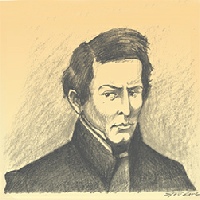

Copyright © Lucas Amiras 2020

The first step beyond Euclid is taken by N. I. Lobatchevsky (1793 -
During the technological and industrial revolution in 19. Century the need for the
realisation of accurate plane surfaces and straight lines becomes urgent. Many renowned
technicians take up this problem and publish also about the proper mode of preparing
flat surfaces in handicraft and industry. Flat surfaces play a fundamental role in
the production of mechanical tools and machines. These publications seem to have
been noticed by theoreticians like the mathematician William K. Clifford (1845-
These developments have some influence on other theorists like Ernst Mach and Henri Poincaré. In their writings there is reference to the handicraft procedure of preparing flat surfaces and, like Clifford, they suggest to attribute a meaning to the term "plane", at least in classroom, on this basis.
From Lobatchevsky to Poincaré


